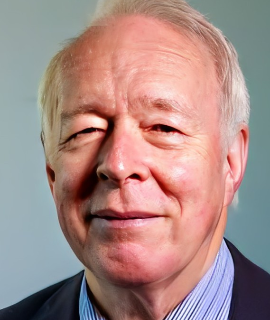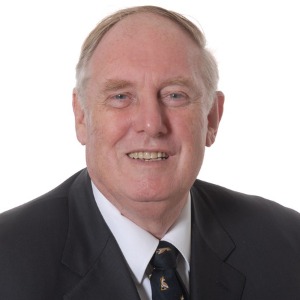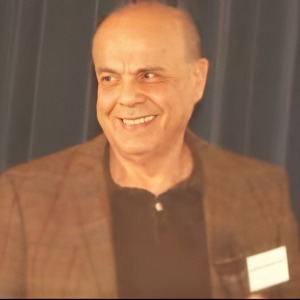Dental Stem Cells
Stem cells have been gaining attention in the field of dentistry for their regenerative potential. Dental stem cells (DSCs) exist in multiple areas of the oral cavity, including the gingiva, periodontal ligament, dental pulp, and bone marrow. Depending on their tissue origin, DSCs display particular characteristics and have the ability to differentiate into a variety of cell types, including osteoblasts, chondrocytes, adipocytes, neural tissue and epithelial cells. DSCs isolated from the dental pulp can serve as a valuable source for tissue engineering, due to their marked proliferation potential and high responsiveness to an array of stimuli, including growth factors and physical cues. Apart from their plasticity, DSCs possess an exciting feature called telomerase activation, giving them the capacity to remain proliferative with a low amount of telomere attrition. These unique characteristics make them promising for applications in tissue engineering and regenerative medicine. One of the major considerations when using stem cells in clinical settings is the ability to differentiate into differentiated cells of interest, in this case odontoblasts and cementoblasts, which are responsible for the composition of dentin and cementum, respectively. Studies have demonstrated that DSCs differentiate in vivo and provide dentin-like substances and structures when stimulated with specific induct your agents. The successful development of such tissue replacement strategies based on the in vitro induction of DSCs offers several possibilities for a novel form of dentin repair. For example, isolated DSCs have been incorporated into 3D constructs which, when implanted in vivo, stimulate the formation of a dentin-like material highly analogous to that found in the native tooth. Additionally, DSCs demonstrate the ability to integrate and integrate with the surrounding host tissue, which can further support and promote tissue repair and regeneration. In summary, DSCs provide significant potential for tooth tissue repair and regeneration in the field of dentistry. The ability of DSCs to differentiate into multiple cell types and express telomerase activity, give them the capacity to remain proliferative and successfully substitute damaged or missing dental tissues. As such, research is now focusing on further exploring the capacities of DSCs in order to take advantage of their regenerative potential in dental medicine.

David Geoffrey Gillam
Queen Mary University of London, United Kingdom
Christopher Turner
Spacemark Dental, United Kingdom




Title : Evaluating hygienist follow up for head and neck oncology patients in secondary care: Results from a two cycle audit
Peter Basta, Newcastle Dental Hospital, United Kingdom
Title : Atypical facial pain unravelled
Christopher Turner, Spacemark Dental, United Kingdom
Title : New treatment of temporomandibular disorder through muscle balance and muscle regeneration by activation of quiescent muscle stem cells( satellite cells) with mitochondrial dynamics
Ki Ji Lee, National Reserach Foundation & Busan Medical University, Korea, Republic of
Title : MRONJ and ORN: Referral or management in primary care? Navigating guidelines in the context of long waiting lists
Alisha Sagar, NHS England, United Kingdom
Title : Managing the unexpected: An Insight into supernumerary teeth
Bahar Gharooni Dowrani, Guy's and St Thomas' NHS Foundation Trust, United Kingdom
Title : Laxative prescribing for post operative head and neck cancer patients at Derriford Hospital
Pui Sze Kylie Li, Cardiff and Vale University Health Board, United Kingdom